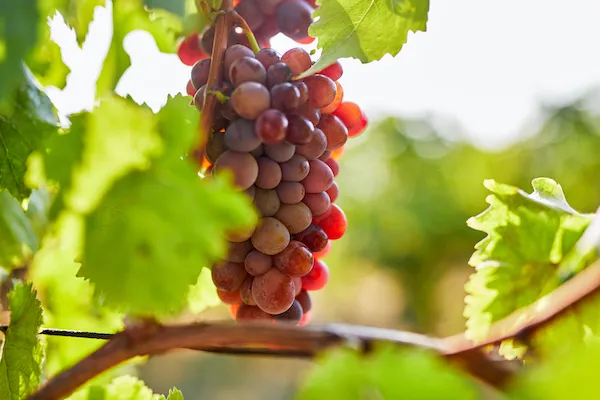The US grape market is currently receiving the bulk of their supplies from Chile, though there are already some low volumes coming out of Jalisco, Mexico, which is a new growing region that is now starting up. Mike Asdoorian of DLJ Produce shares: “Chile will go until April 10th with their largest arrivals, which is when the marketing order goes into effect, but will continue to have lighter volumes, mostly red seedless, continue to arrive in the U.S. post marketing order."

Green and black volumes affected by the rain
The heavy rains that hit Chile at the end of January have had a big impact on the volumes for this season. “The green and black seedless were the most affected in terms of volume,” says Asdoorian. “In a normal season, green seedless grapes make up the majority of the volume arrivals in mid-March, but this year it’s the opposite, with the green volumes being significantly lower than usual. We are getting some arrivals in but it’s not enough to keep the demand pipeline filled through April,” he adds.
Despite this, the red seedless volumes are ample: “The red varieties tend to be able to take rain better, so while the volumes of the red seedless are off too, they’re not as affected as the green and black varieties. We are currently seeing the peak of the red seedless grapes and US importers are pushing for retail promotions on these. So, it’s kind of a feast on the red grapes but a famine on the green seedless,” Asdoorian explains.
Quality: Split market
The fruit that is being sent from Chile now is all post-rain fruit, so a close eye needs to be kept on the fruit’s quality, says Asdoorian. “We are seeing a lot variance in the quality now, with some issues popping up for the reds but also for the greens; we are seeing some slipped skin, and mildew scarring. No one is clear of that because the weather in the region really hit everyone. So, it’s the importer’s job to separate the lot and make sure that customers are getting the best quality available. We are seeing a split market on the quality, with some volumes not being marketable and other volumes being able to go to retail for a decent price. I think that we’ll continue to see that situation persist until the end of the import season,” he explains.
Mexico starts up in Jalisco
As Chile is reaching the latter end of their season, the Mexican harvest is slowly beginning. “Jalisco is a new planting region for grapes and because it’s so close to the equator they can start their harvest earlier than the other regions in Mexico. They are starting now with some specialty varieties like Cotton Candy. But the region won’t be seeing any significant volume until late April and early May, and then the strong volumes out of Mexico’s main grape regions will start in mid-May. Reports are currently showing that Mexico is a bit behind on their volumes and will start about 8-10 days late, but it’s still too early to tell for sure,” Asdoorian concludes.
 For more information:
For more information:
Mike Asdoorian
DLJ Produce
Tel: +1 (559) 248-1855
Email: mikea@dljproduce.com
www.dljproduce.com
